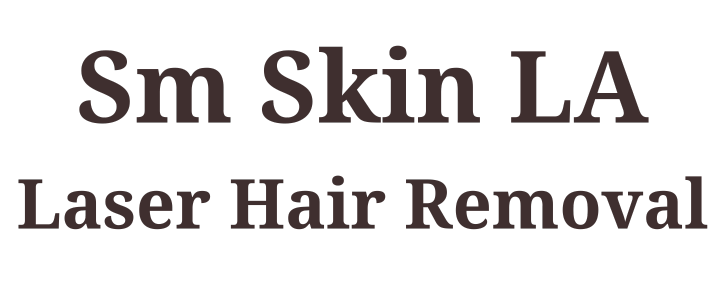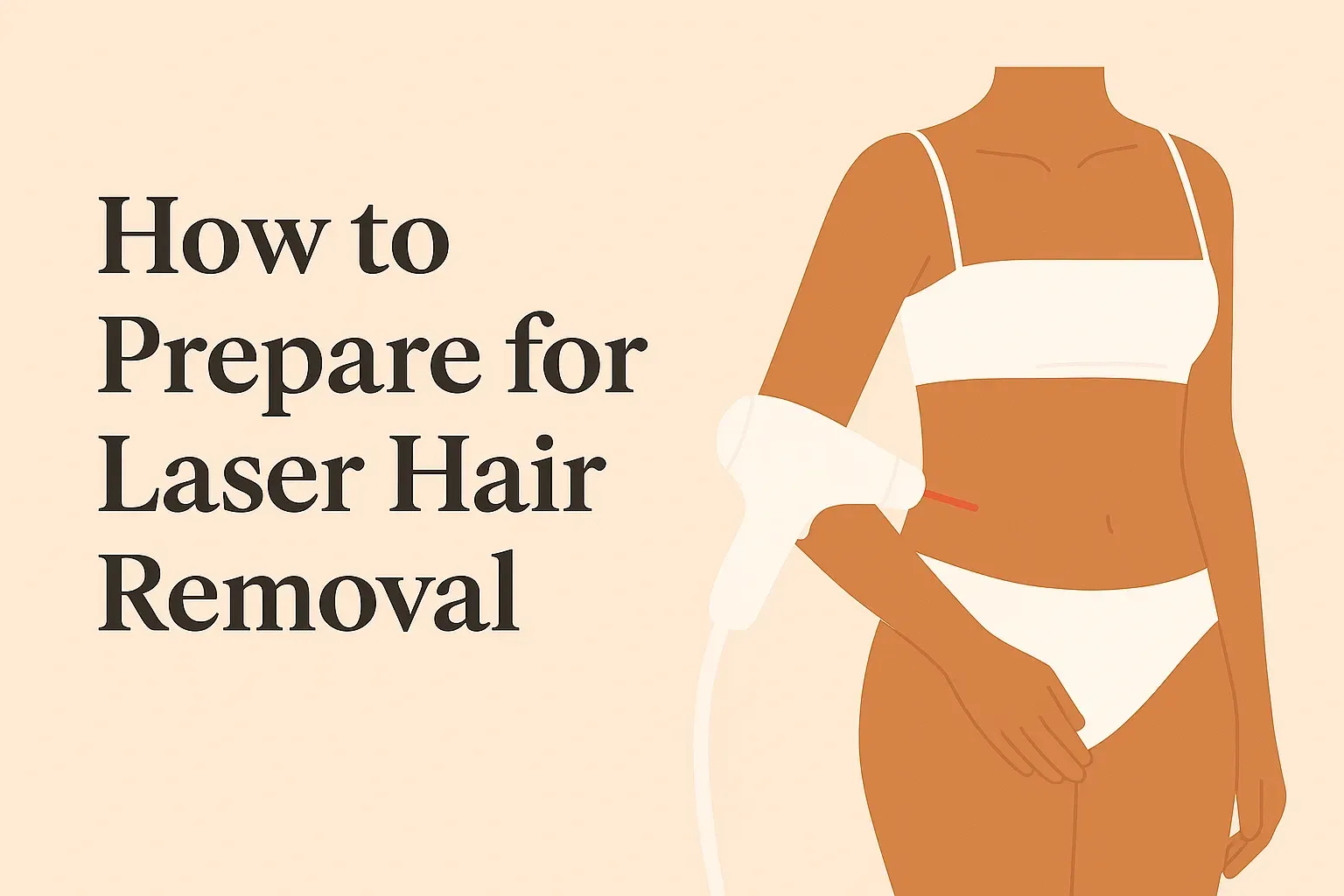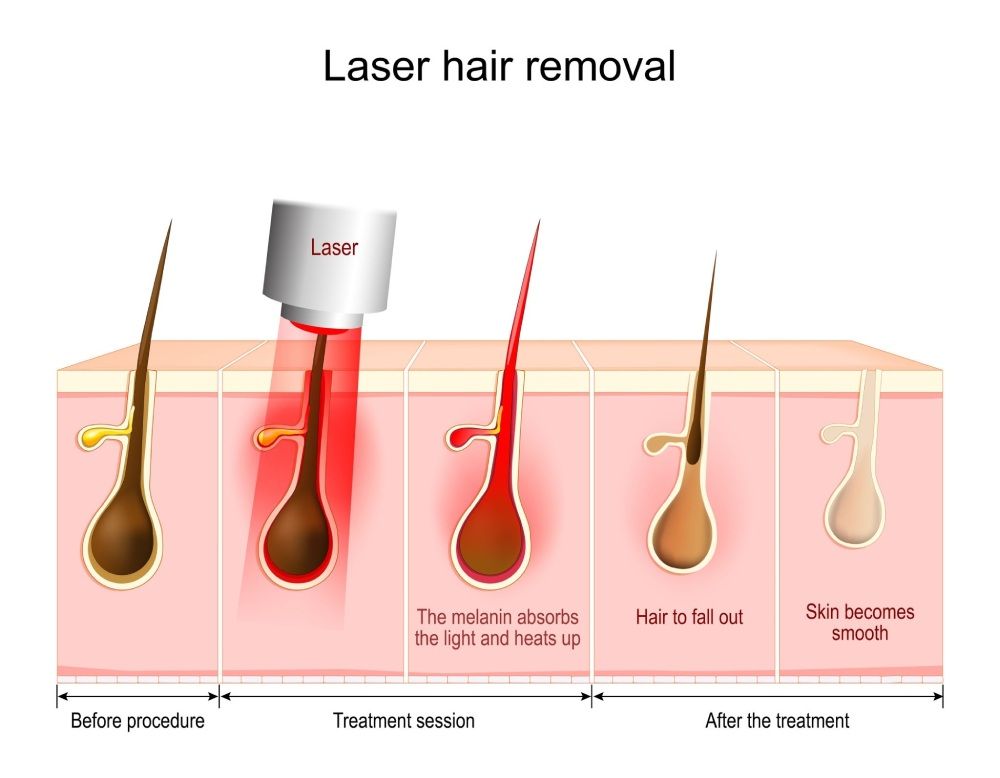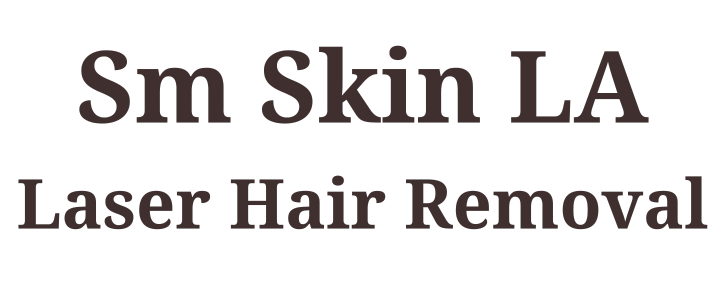Laser Hair Removal: Is It Really Long Term or Does Hair Grow Back?
Laser hair removal is one of the most requested treatments at cosmetic clinics. It’s often promoted as a long-term solution for unwanted hair, but is that really true? And what happens if the hair grows back?
In this article, we’ll break down what “long lasting” really means in the context of laser hair removal, why some hair might return, and how treatments differ between men and women. Whether you're considering Brazilian laser hair removal, full body hair removal, or treatments for specific areas, this guide will help you set realistic expectations, especially if you’re researching laser hair removal in Glendale, CA.
What Happens During Laser Hair Removal?
During a laser hair removal session, your skin is first cleaned, and the area to be treated is shaved if needed. A cooling gel or device may be applied to help protect your skin and reduce discomfort. The technician then uses a handheld laser device to target hair follicles with pulses of light. You might feel a slight snapping sensation, like a rubber band. Sessions can last anywhere from 15 minutes to over an hour, depending on the treatment area. Afterward, you may notice slight redness or swelling, which usually fades within a few hours.
Does Laser Hair Removal Provide Long Term Results?
The answer depends on how you define “long lasting.” While laser hair removal is one of the most effective long-term solutions for reducing unwanted hair, it doesn’t always mean hair is gone forever. Most patients experience a 70% to 90% reduction in hair growth after completing their treatment sessions. However, some fine or light hairs can reappear over time.
There are several factors that influence regrowth:
- Hormonal changes (such as pregnancy or PCOS)
- Aging, which may stimulate dormant follicles
- Medications that impact hormones or skin
- Genetics, which affect how your body responds
For most people, any regrowth is typically lighter, finer, and slower to return. That’s why maintenance sessions once or twice a year are often recommended to preserve results.
So, while calling it “permanent” may not be entirely accurate, laser hair removal offers long lasting smoothness and freedom from constant shaving or waxing, especially when done at a reputable clinic.
Common causes of regrowth:
1. Hormonal Changes
This is one of the biggest reasons for hair regrowth, especially in women. Conditions like PCOS, thyroid imbalances, or even natural life events like pregnancy and menopause can trigger dormant follicles to activate.
Men may also experience hormonal shifts that influence hair growth on the chest, shoulders, or back.
2. Missed or Incomplete Treatment Cycles
If you stop treatment before completing the recommended number of sessions, results will be less effective. Even missing a few sessions can allow hair follicles to recover.
3. Hair Color and Skin Tone
Laser works best on dark, coarse hair against lighter skin. Lighter hair types such as blonde, red, or grey may not respond well, and some follicles might survive the laser pulses.
Modern clinics use advanced lasers suitable for a wider range of skin tones, but outcomes still depend on individual biology.
4. Medical Conditions or Medications
Certain medications, including steroids or hormonal therapies, can lead to unexpected hair regrowth. Always inform your provider about any prescriptions before starting treatment.
For example, if you’ve completed Brazilian laser hair removal, you might see a few fine hairs appear again months or years later. A quick touch-up session usually takes care of it.
For example, if you’ve completed Brazilian laser hair removal, you might see a few fine hairs appear again months or years later. A quick touch-up session usually takes care of it.
How Much Hair Will Actually Grow Back?
For most people, lasers remove 70% to 90% of unwanted hair in treated areas. The remaining hair is often soft and hard to notice. Some people don’t see any regrowth for years, while others may need annual maintenance.
Treated Area Matters
Hair on the legs or bikini area tends to stay away longer than facial hair, which can be influenced by hormonal activity. Areas like the back or chest (especially in men) may need extra sessions due to thicker and more persistent follicles.
How to Reduce the Chances of Hair Growing Back?
While laser hair removal isn’t always 100% permanent, it can offer years of smooth skin especially if you follow best practices:
- Stick to the full number of sessions recommended by your provider.
- Don’t wax or tweeze in between sessions (shaving is fine).
- Avoid sun exposure before and after treatment.
- Return for touch-up sessions once or twice a year.
- Choose a professional clinic using the right laser for your skin type
If you're new to this treatment and considering multiple areas like underarms, legs, and bikini, you can check out this post on full body hair removal to see how it works across the entire body..
Laser Hair Removal for Men vs. Women
Laser Hair Removal for Women
Women typically get treated on the face, legs, underarms, and bikini area. Hormonal shifts (e.g., pregnancy, PCOS) can influence regrowth. With consistent sessions, many women experience lasting smoothness with only minor touch-ups needed over time.
Laser Hair Removal for Men
Men often go for laser on the back, chest, shoulders, and beard area. Hair tends to be denser and coarser, which usually responds well to the laser but it may take more sessions. Some men also get laser for necklines and ingrown hair prevention.
How Many Sessions Do You Need?
Most clients need 6 to 8 laser hair removal sessions to achieve optimal, long-lasting results. Sessions are typically spaced 4 to 6 weeks apart to align with your hair’s natural growth cycle. Areas with thicker or coarser hair like the underarms, back, or Brazilian laser hair removal may require additional treatments. Hormone-sensitive areas, such as the face, might also need extra care.
Once your initial treatment cycle is complete, maintenance sessions once or twice a year are recommended to manage any minor regrowth. Staying consistent with appointments ensures smoother skin and helps prevent the return of unwanted hair over time.
What to Do if Hair Starts Growing Back?
Hair returning doesn’t mean your treatments failed. Here's what to do:
- Schedule a Maintenance Session
A quick touch-up session every 6–12 months can eliminate newly activated follicles before they become visible.
- Check Your Hormonal Health
If hair regrowth is sudden or excessive, consider hormonal testing especially if you’re experiencing changes in weight, acne, or menstrual cycles.
- Don’t Wax or Thread
Stick to shaving or trimming between sessions. Waxing removes the follicle temporarily, which makes the laser less effective.
Comparing Laser to Other Hair Removal Methods
| Method | Hair Free Duration | Pain Level | Maintainence | Cost Over Time |
|---|---|---|---|---|
| Shaving | 1–3 days | Low | Daily/Weekly | High |
| Waxing | 2–4 weeks | Medium | Monthly | Medium–High |
| Depilatory Creams | 1–2 weeks | Low | Biweekly | Moderate |
| Laser | Months to Years | Low–Moderate | Annual touch-ups | Cost-effective |
Laser is the only method that reduces hair growth long-term. It's also more skin-friendly, helping reduce ingrown hairs, irritation, and time spent on hair maintenance.
The success of your laser hair removal treatment heavily depends on the clinic you choose. A reputable clinic will use FDA-approved laser technology suitable for your skin type and hair color, ensuring both safety and effectiveness. Certified technicians with experience understand how to adjust laser settings to maximize results while minimizing the risk of burns, hyperpigmentation, or discomfort.
It’s also important to look for a clinic that offers a personalized treatment plan based on your skin sensitivity, medical history, and hair growth pattern. Hygiene, client reviews, consultation availability, and clear aftercare instructions are also key indicators of a professional setup. Choosing the right clinic doesn’t just mean better results, it means fewer sessions, a lower chance of regrowth, and peace of mind throughout the process. If you're considering laser hair removal, look for clinics that specialize in this treatment and offer consistent, high-quality care.
Laser Hair Removal in Glendale, CA
For clients in and around Glendale, CA, SM Skin LA Laser provides:
- Safe laser treatments for all skin tones.
- Individual and package pricing.
- Options for laser hair removal for men and women.
- Targeted treatments, including Brazilian laser hair removal and full body solutions.
You’ll be treated with care by trained professionals using advanced laser technology. Every treatment is tailored to your skin and hair type for better outcomes and safer results.
Final Thoughts
Laser hair removal is one of the most effective ways to reduce unwanted hair and enjoy smoother skin for the long term. While it may not be 100% permanent, the results are impressive especially with regular maintenance.
Even if a few hairs grow back, they’re usually finer, lighter, and much easier to deal with. Most people find that the freedom from daily shaving and monthly waxing is well worth the investment.
If you're thinking about treating one area or multiple, be sure to check out options like Brazilian laser hair removal, laser hair removal for women, or full body hair removal to find what suits your lifestyle best.
Ready to Get Started?
If you're looking for laser hair removal in Glendale, CA, and want expert care with clear, honest results, book your session today at SM Skin LA Laser today. Did you know you can book your session today without even calling? Just scroll down and use the booking button below to schedule instantly.
Smooth skin is closer than you think!





